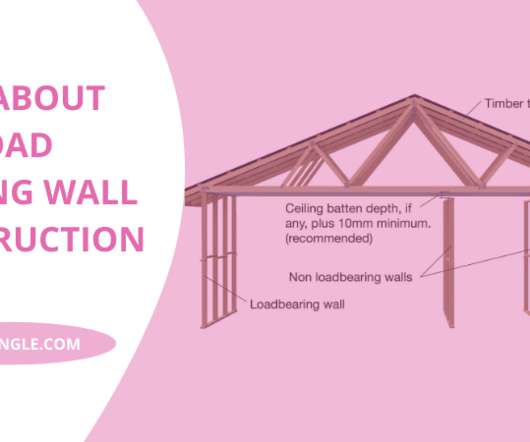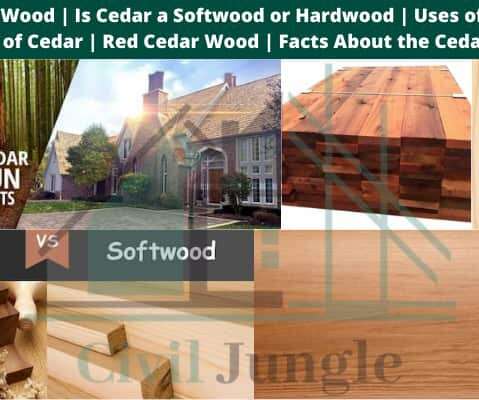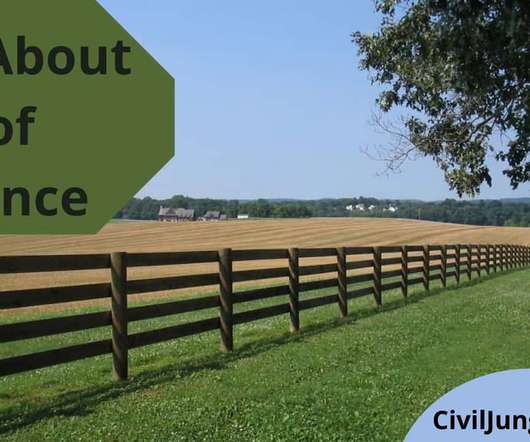Load Bearing Wall Construction | How to Tell If a Wall Is Load Bearing | Load Bearing Beam | Non-Load Bearing Wall | Non-Load Bearing Wall Framing
CivilJungle
FEBRUARY 24, 2021
Load Bearing Wall Construction: Load Bearing Wall Construction was most widely used form of construction for large buildings from the 1700’s to the mid 1900’s. Load Bearing Wall Construction is rarely used today in large buildings, but smaller residential buildings are being built.















Let's personalize your content